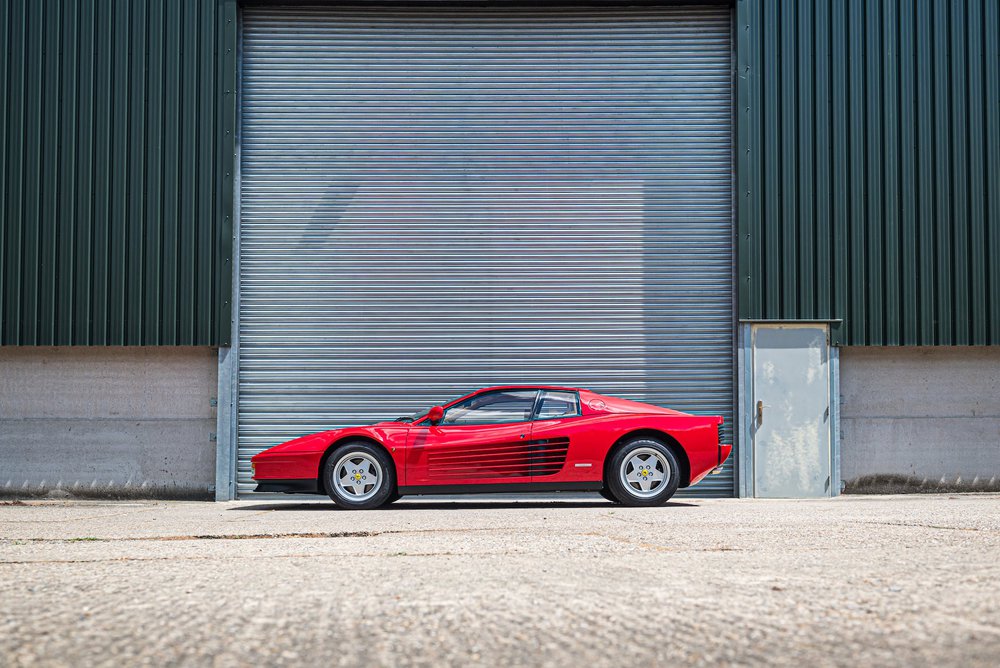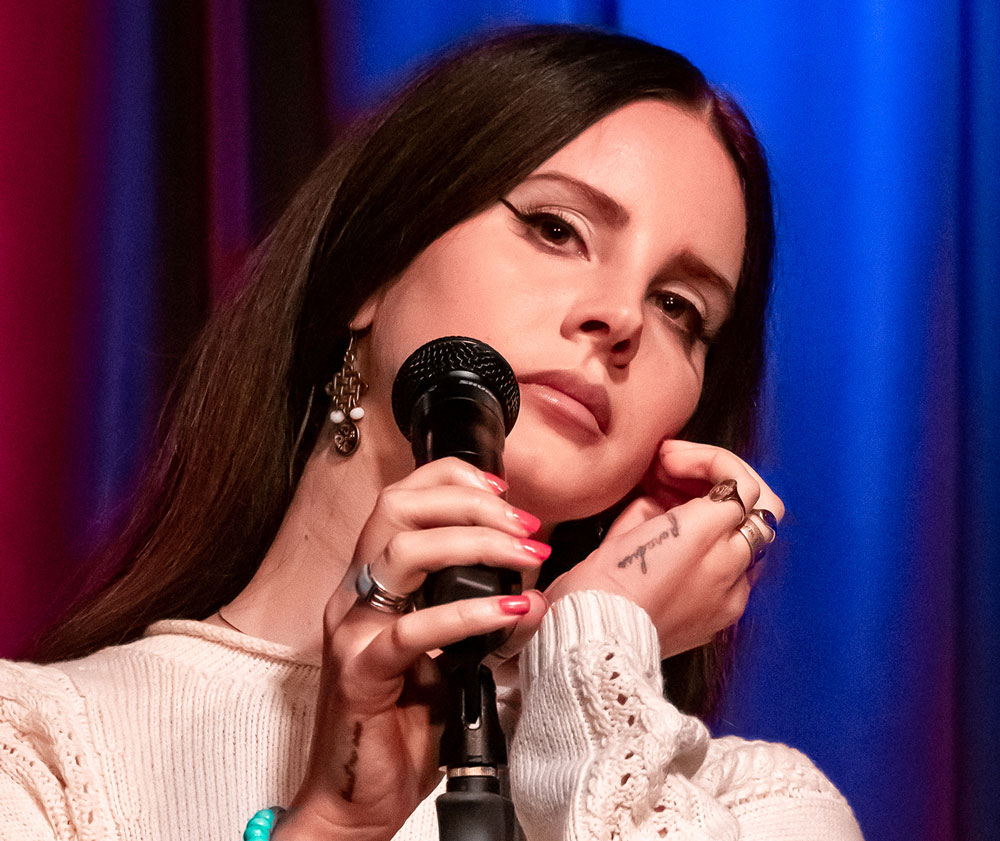![]()
Writer, architect, painter, designer and art director Patrick Kinmouth, set designer and art director Antonio Monfreda and reader in Fashion History and Theory at Central Saint Martins Alistair O’Neill are the curators behind Valentino: Master of Couture opening today at Somerset House. Synonymous with ‘Valentino red’, Roman couturier Valentino Garavani – and the handiwork of his atelier – is celebrated over a 50 year career, with the visitor taking the place of the model, walking along a sixty-metre runway to view the ‘audience’, all dressed in Valentino Couture. Grouped by themes rather than chronologically, the display culminates in recent dresses by the house, headed by Pier Paolo Piccioli and Maria Grazia Chiuri. We caught up with one third of the curating team, Alistair O’Neill to hear more.
Dazed Digital: Valentino has such a vast archive. How did you being to unravel that and decide which pieces you wanted to select?
Alistair O’Neill: Well, there’s three of us curating this, so I suppose we wanted to go against that widely accepted definition of what Valentino couture is, as an occasion dress, on a red carpet, worn by an actress. Tends to be column, tends to be a block colour. And when we went to see the full array of the archive at the atelier in Rome, just next door to the Spanish steps, we were bowled over by the complexity, nuances and themes – and we wanted to be able to show that. We respect the fact that a London audience for a fashion exhibition is quite sophisticated, so we really wanted to be able to show all facets of Valentino couture.
DD: Was there anything which shocked or surprised you?
Alistair O’Neill: I was really furious that a dress I’ve loved for years, and years, was actually ready-to-wear! I mean it looked so couture, in every photograph that I’d ever seen of it. So that was a disappointment. We wanted to be strictly, ‘only couture’. I didn’t realise how much I’d love daywear, it’s a really important aspect of a couture woman’s wardrobe.
DD: Was there a particular moment, a collection that kind of stuck with you?
Alistair O’Neill: There’s so many. I mean, I mean the White collection really stands out for me. It was 1968. It’s the moment in which America starts to wake up to Mr. Valentino in Rome, Diana Vreeland starts to write about him in Harper’s Bazaar, society ladies of New York start to wear it. He does a series of trunk shows that become really pivotal in that kind of a way. And Jacqueline Kennedy starts to wear it. She then decides to marry Aristotle Onassis and she wears this amazing daywear wedding dress, that’s so chic to see today. At that time he designs these really intricate organza, beautiful, embellished pieces of daywear; they’re quite short, and they’re also very chic. One of them Audrey Hepburn wore and the other one Marisa Berenson wore. She’s such a beautiful woman and it was just at that time when she starts to get into acting. There’s a Henry Clarke shooting, in American Vogue, and she’s wearing that dress in Cy Twombly’s palazzo in Rome and it’s totally black and white the story – and if you think about it, it’s at the height of the psychedelic phase. To be doing that and to have the assurance of being right, as well as wanting to make an established model and aspiring actress look like a countess is amazing. So for me that really stands out. What’s amazing about Mr. Valentino is that he’s been working for over 50 years – and is still working. He’s just done costume designs for the New York City ballet. He retired officially in 2008, but he’s still very much working.
DD: How involved was Valentino in realising the exhibition?
Alistair O’Neill: I mean I have to say that we worked formally with Giancarlo Giammetti, Mr Valentino’s business partner since 1960. Everything was always. Fed back to Mr. Valentino, and then we would have comments that would come back. And that’s the way that they’ve always worked. Mr. Giammetti is the business side of the enterprise, and Mr. Valentino is the creative side. Mr. Giammetti tends to front a lot of business meetings and tends to be the kind of gatekeeper. It’s no different from those great creative partnerships in fashion such as Pierre Berg and Yves Saint Laurent. But as soon as we started installing, Mr. Valentino would arrive, making announced or unannounced visits to see how it was progressing. It’s thankfully, been a very happy process.
DD: Do you think that at a time when designers are being pushed to do more and more collections per season that couture will continue to be what it has been?
Alistair O’Neill: I think couture is a rarefied world, the man on the street, still aspires to ‘designer’ clothing and they don’t necessarily understand that distinction. Although Valentino’s couture business is in robust health, many of the small-scale industries that support couture are very fragile, more fragile than we think. For me this project is about trying to raise awareness of this and try to educate people about how important hand skills are. I mean you’ve only got to look at Chanel’s recent decision to buy Scottish cashmere company Barrie. It shows you they think that that’s in peril – it’s our country’s pride and we should be supporting that all the more. Chanel recently bought a number of ateliers so the feather work of Lemarie and the embroidery of Lesage can continue. They don’t just serve Chanel, they also serve couture houses like Valentino. So it’s really, really important that we understand a project like this isn’t just the chance to see beautiful dresses on display but it’s a way of trying to educate people about the workers in the atelier, who are actually upholding this. If those skills aren’t passed on, this is something that is going to die off.
Valentino: Master of Coutureruns from 29th November 2012–3rd March 2013 at Somerset House
Visit site:



